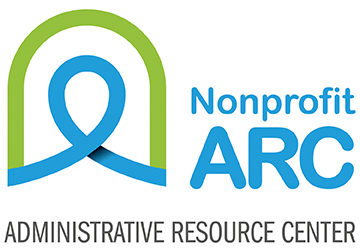In this three-part series, we explore the building blocks of culture and provoke thinking around leadership’s role in cultivating an engaging workplace.
Culture is a critical yet difficult-to-define element of every organization. While leaders may strive to create or foster a particular culture, culture is something that develops and evolves organically as people interact and circumstances change. It can be promoted and modeled, but not controlled. It is also interpretive, and as such is most intimately reflected in how people feel. In the context of feeling, people get accustomed, and even attached, to their cultural experience. In situations where culture change is desired or needed, participants who are strongly connected to the existing cultural norms may experience discomfort and often struggle with change initiatives.
To understand how culture in organizations works, consider how culture is expressed outside of organizations specifically. At the core of culture, we typically find three foundational elements – communication, behavior and environment. This framework is a paraphrasing of the model promoted by the Peace Corp in its orientation for students. There are other models that reference things like values, systems, and habits but consider that these building blocks are actually derived in a shared sense from the interconnection of the three elements presented here. Values are at the intersection of communication and behavior, systems an overlay of environment on behavior and habits are behaviors expressed in the context of environment. Additionally, these three elements are not mutually exclusive. There are behaviors tied to communication, and environments (email, meetings) within which communication occurs. We’ll acknowledge this, while compartmentalizing things in a way that enables more targeted action to shape culture.
In this first entry in the series, we focus on communication. For nonprofits in particular the importance of communicating not only efficiently, but effectively as well, is profound. When we consider that in most nonprofits the resources dedicated to the workforce account for 65% or more of their total expenses, perhaps the most significant question to ask ourselves is:
How much have you invested – not just money, but time – in your internal communication plan? Or perhaps even better to start with inquiring as to whether you have an internal communication plan – a strategic framework for cultivating, or at least influence, the culture you seek to create through the delivery of information and messages. It should be clear that the implications extend far beyond simply “getting things done.”
A well-designed and consistently reinforced internal communication strategy impacts
- Engagement (and its ugly cousin, turnover)
- Quality (see also turnover)
- Cost (did we mention turnover?)
- And, well, culture…
Think about how much you spend on communicating externally, and consider that your staff are, for many nonprofits, likely the biggest bottom line contributors – moreso to the extent that your program revenue exceeds your philanthropic support. Maybe it’s time to invest in communicating more intentionally with them.
Think about your own organization and reflect on the following questions:
- Do you have a fairly extensive library of acronyms commonly used in your organization?
- Are these acronyms documented in a glossary or other reference tool and shared with new staff in the onboarding process?
- Is there anyone in your organization who is considered the “owner” of the acronym dictionary? Is it updated when new terms arise or a government department changes its moniker?
- Do you routinely (at least monthly) dedicate time to refreshing your teams’ understanding of key culture-driving words?
- What does “respect,” “quality,” “dignity,” “accountability,” “customer service,” and “excellence” mean? Feel free to add other words relevant to your values or vision statements.
- Do you have standards or shared expectation for how email is used to communicate?
- Do you promote or discourage the use of “Bcc:?”
- Do you have expectations around Reply-All responses to group emails?
- How about expectations with regard to responding to email?
- Perhaps most importantly, do you offer training specific to email usage norms?
- Do you have an Intranet? Use Instant Messaging? Texting? When, when not, and why?
- What is your meeting protocol?
- Do participants have opportunities to offer feedback on the effectiveness of the established cadence?
- Is there commonality around meetings across leaders and functional areas?
- Do you have communication standards around leadership conversations?
- Is there a common cadence for leaders to offer praise and developmental feedback?
- Is there an established framework within which leaders receive praise or feedback from their team members?
- Are there common elements consistently highlighted and reviewed in these conversations?
- How is progress or outcomes – individually, departmentally and organizationally – communicated?
- Audience(s)
- Timing
- Platform/Structure
- Are these acronyms documented in a glossary or other reference tool and shared with new staff in the onboarding process?
While these questions aren’t exhaustive, they are representative of the many elements of communication that directly impact culture. It should be clear that the impact of internal communication is complex, far-reaching and mission-critical. Have you taken the time to explore, analyze and understand this in your organization?

